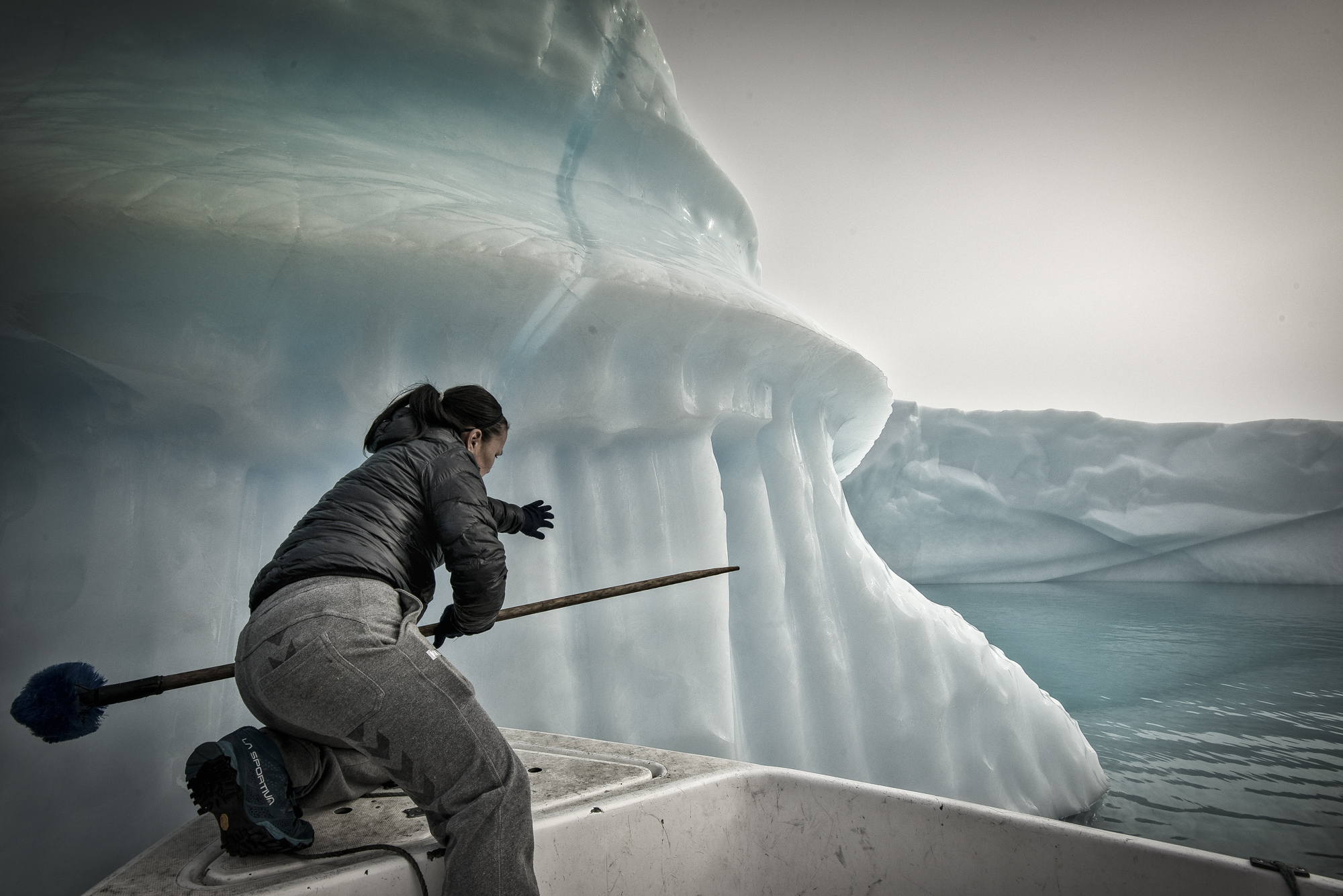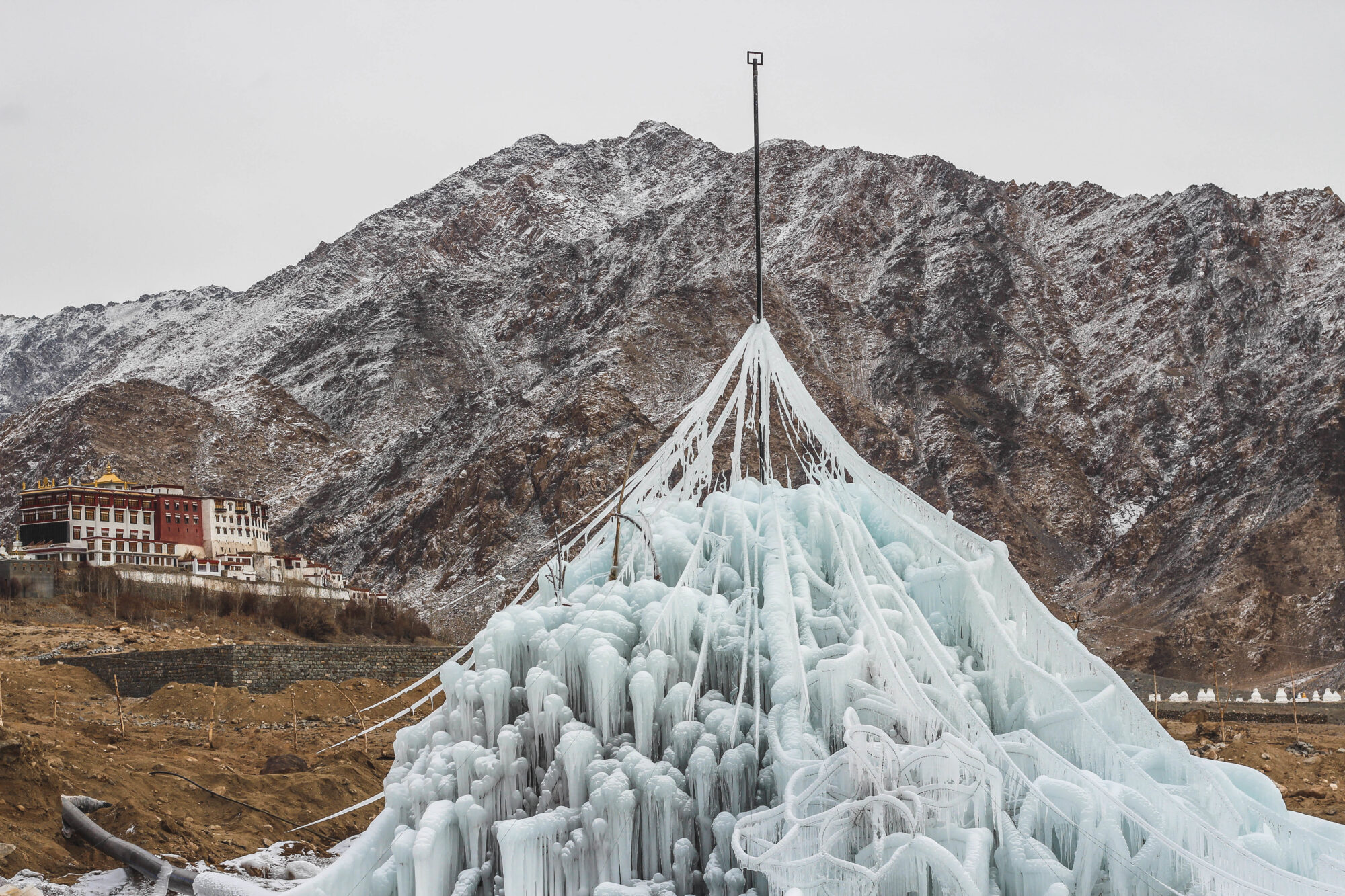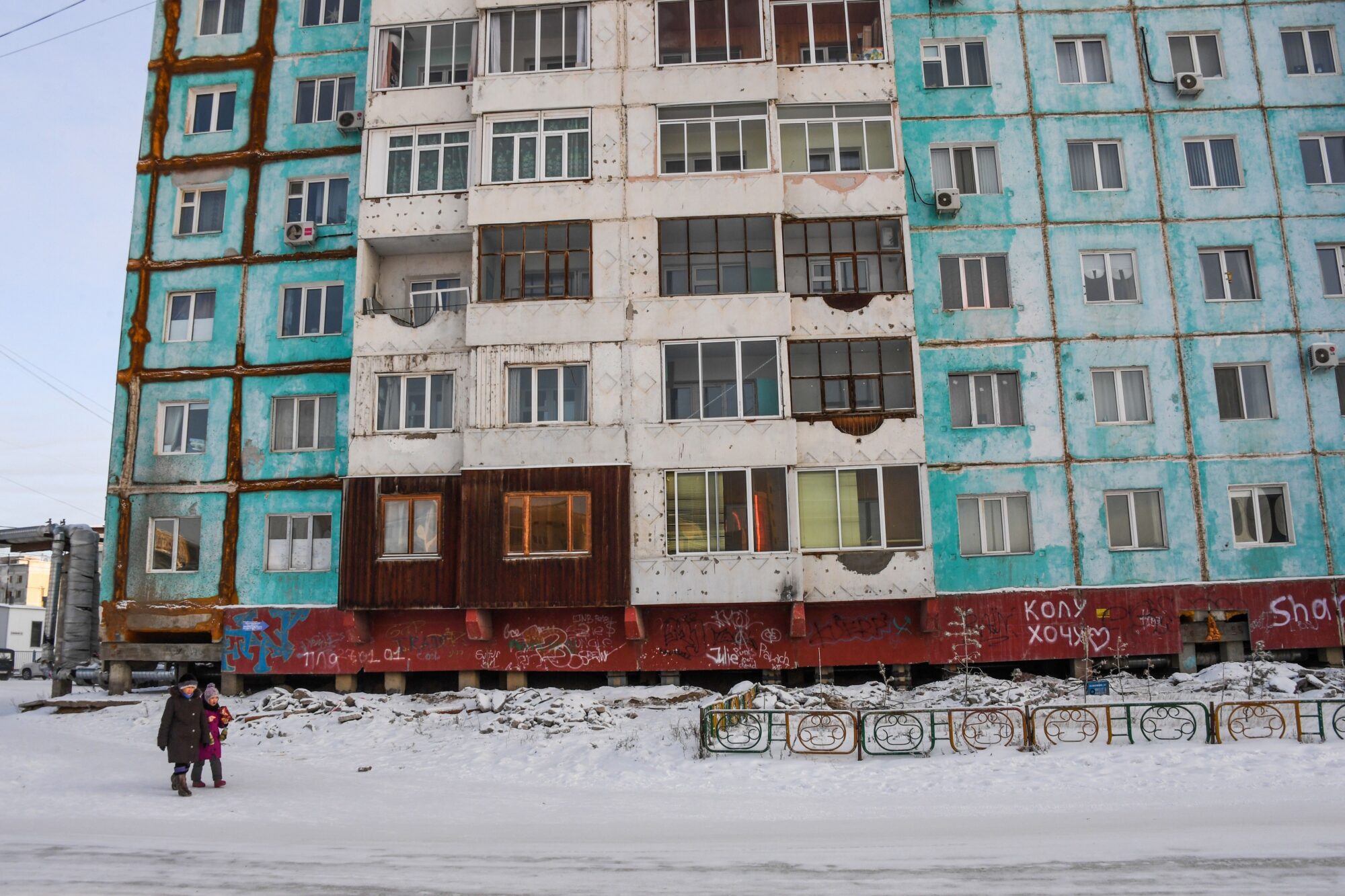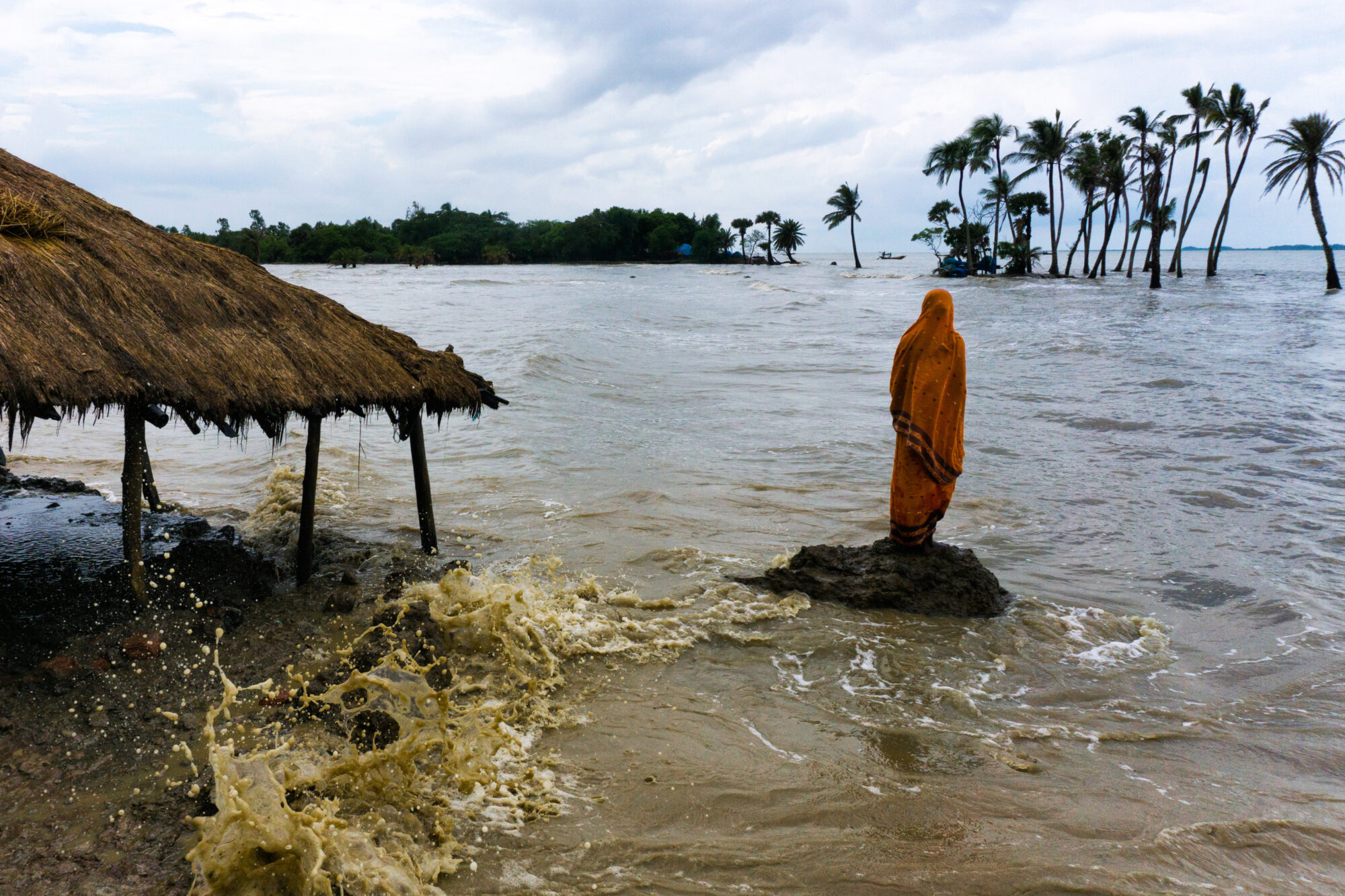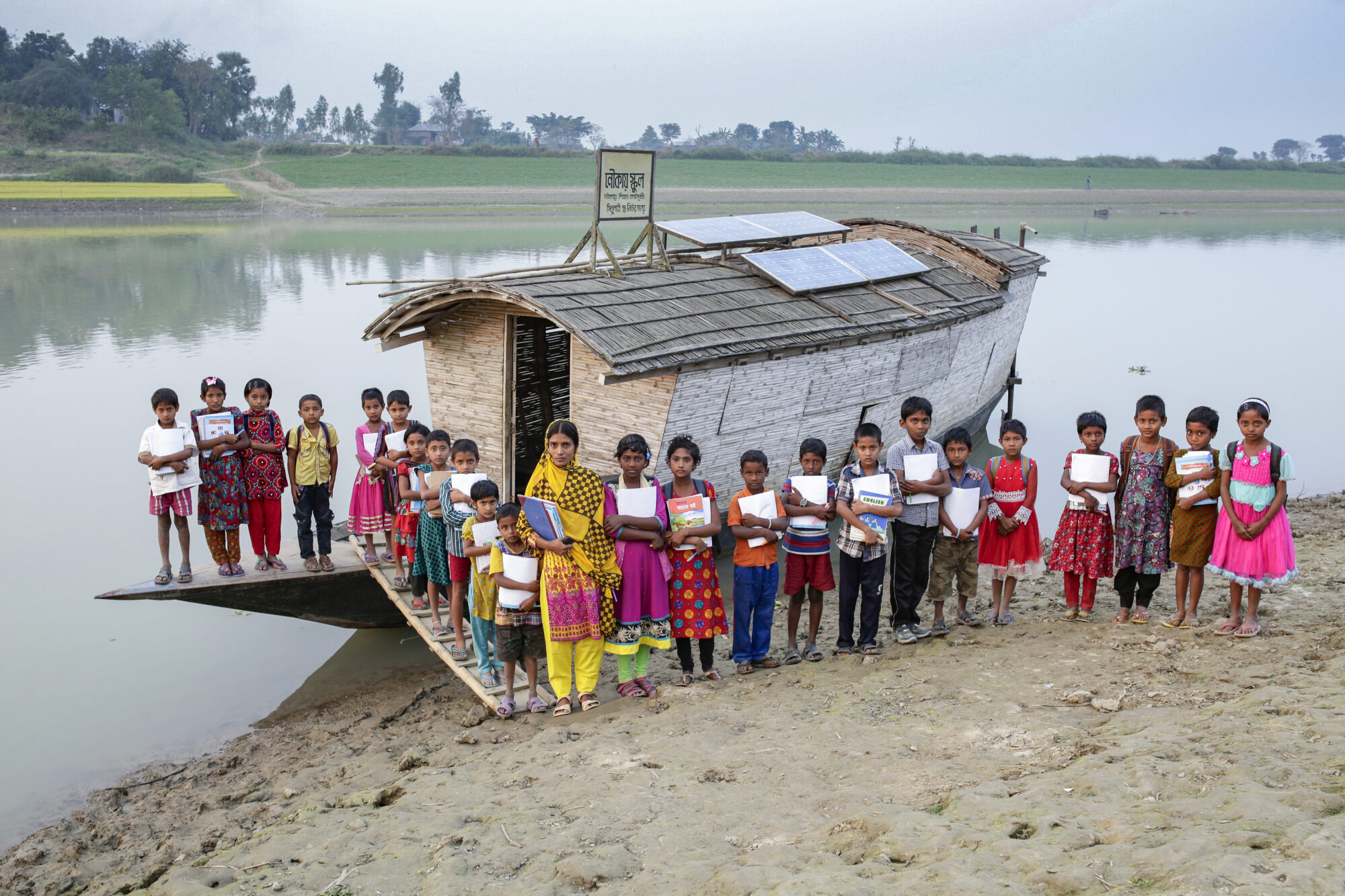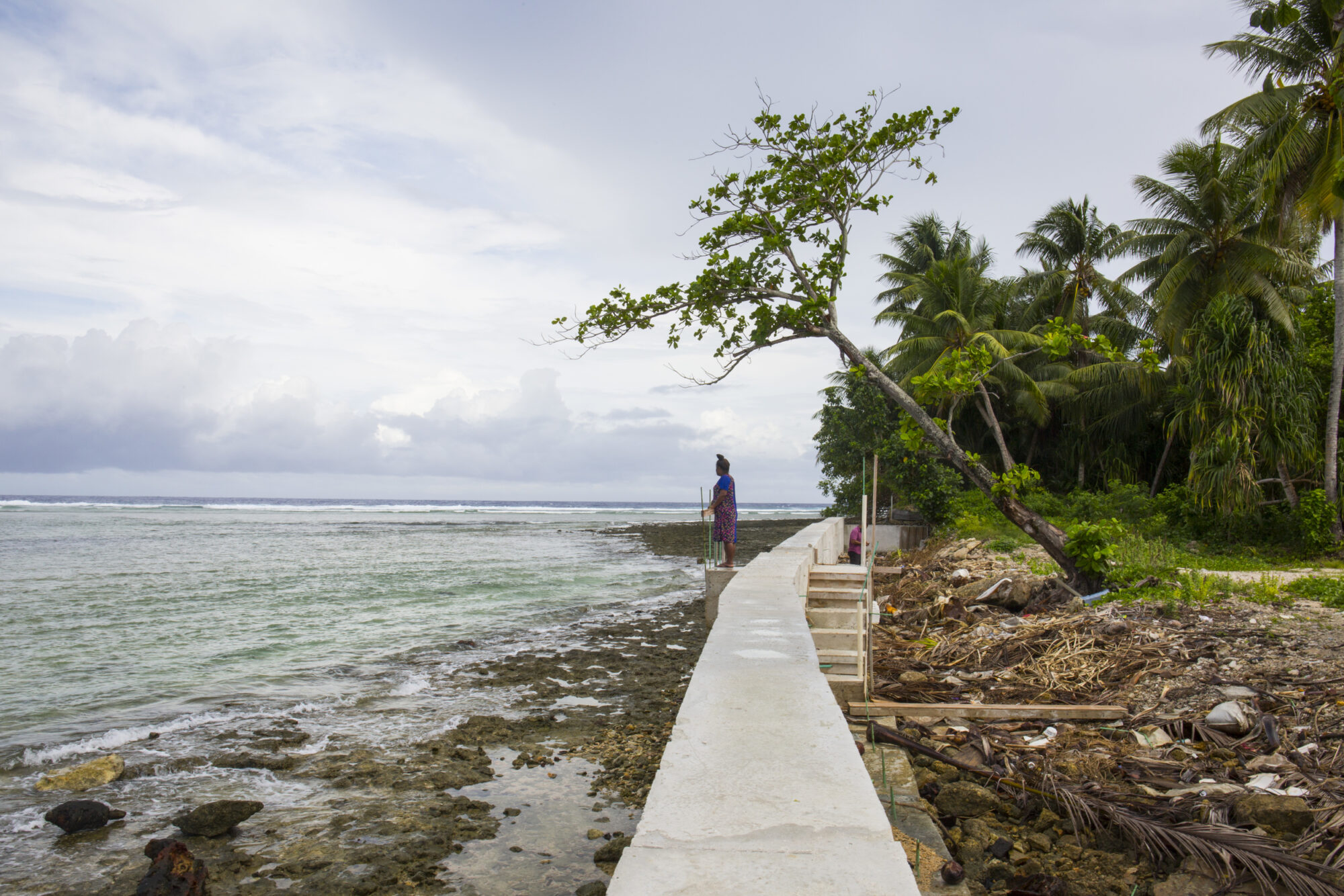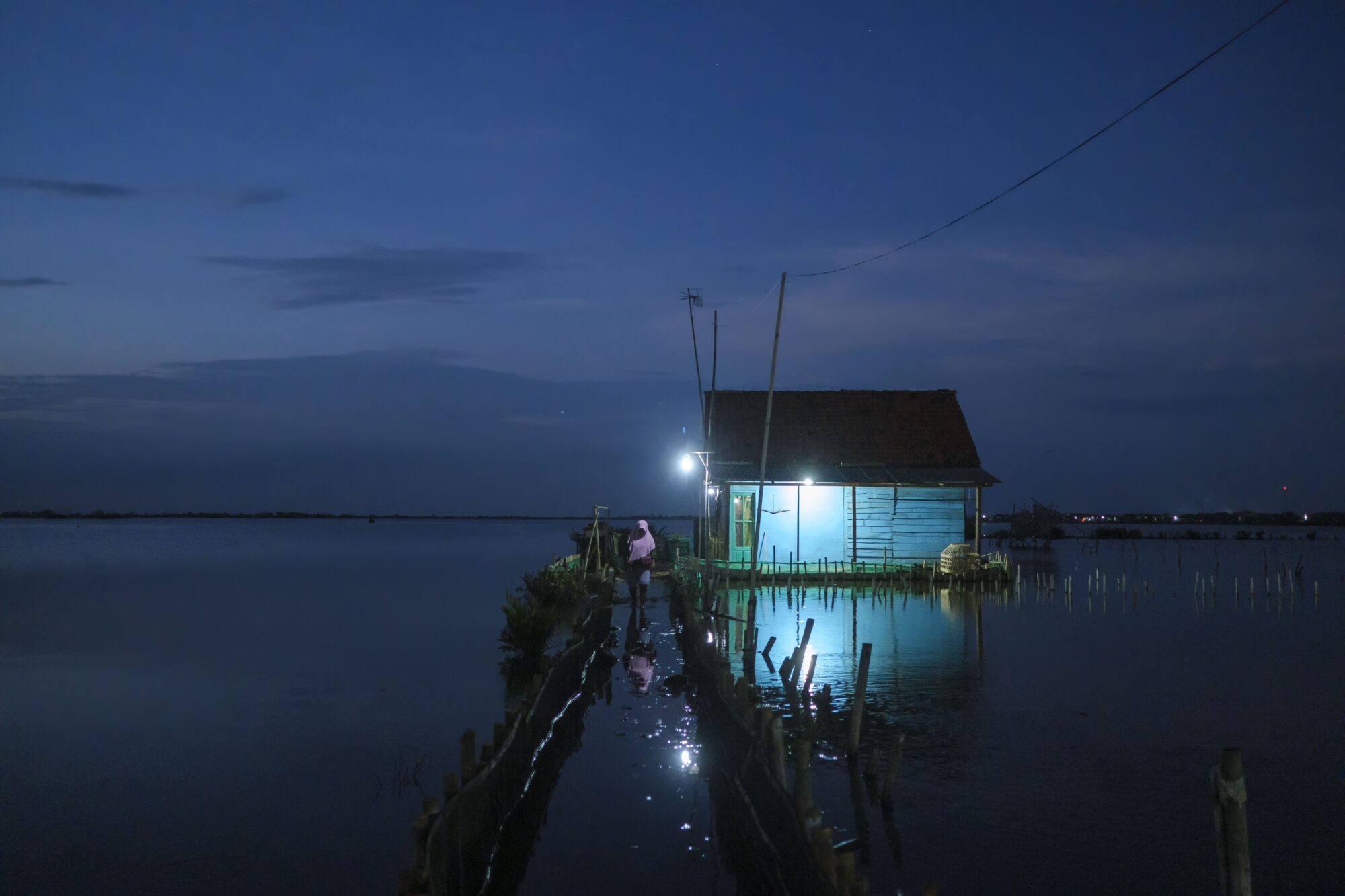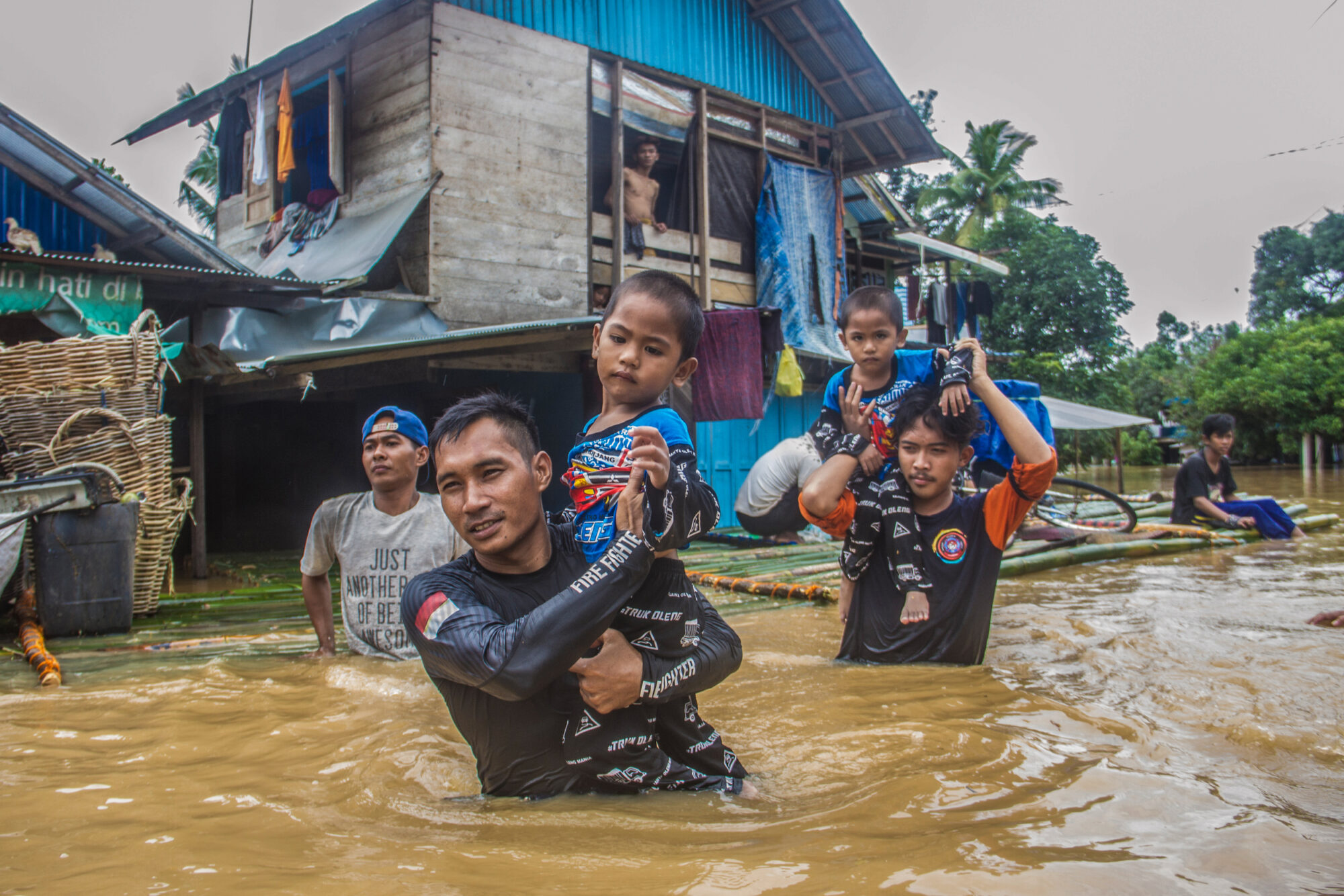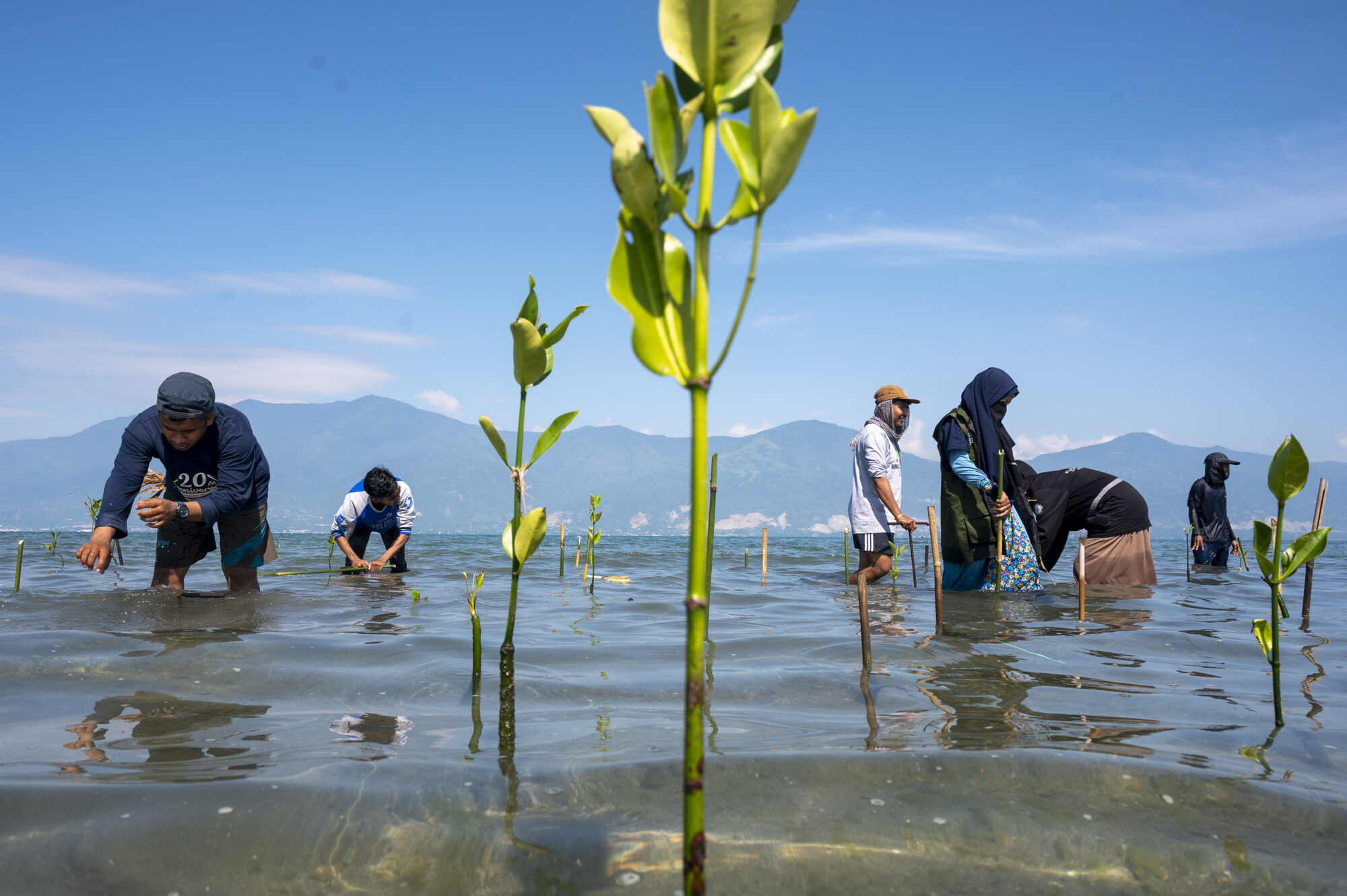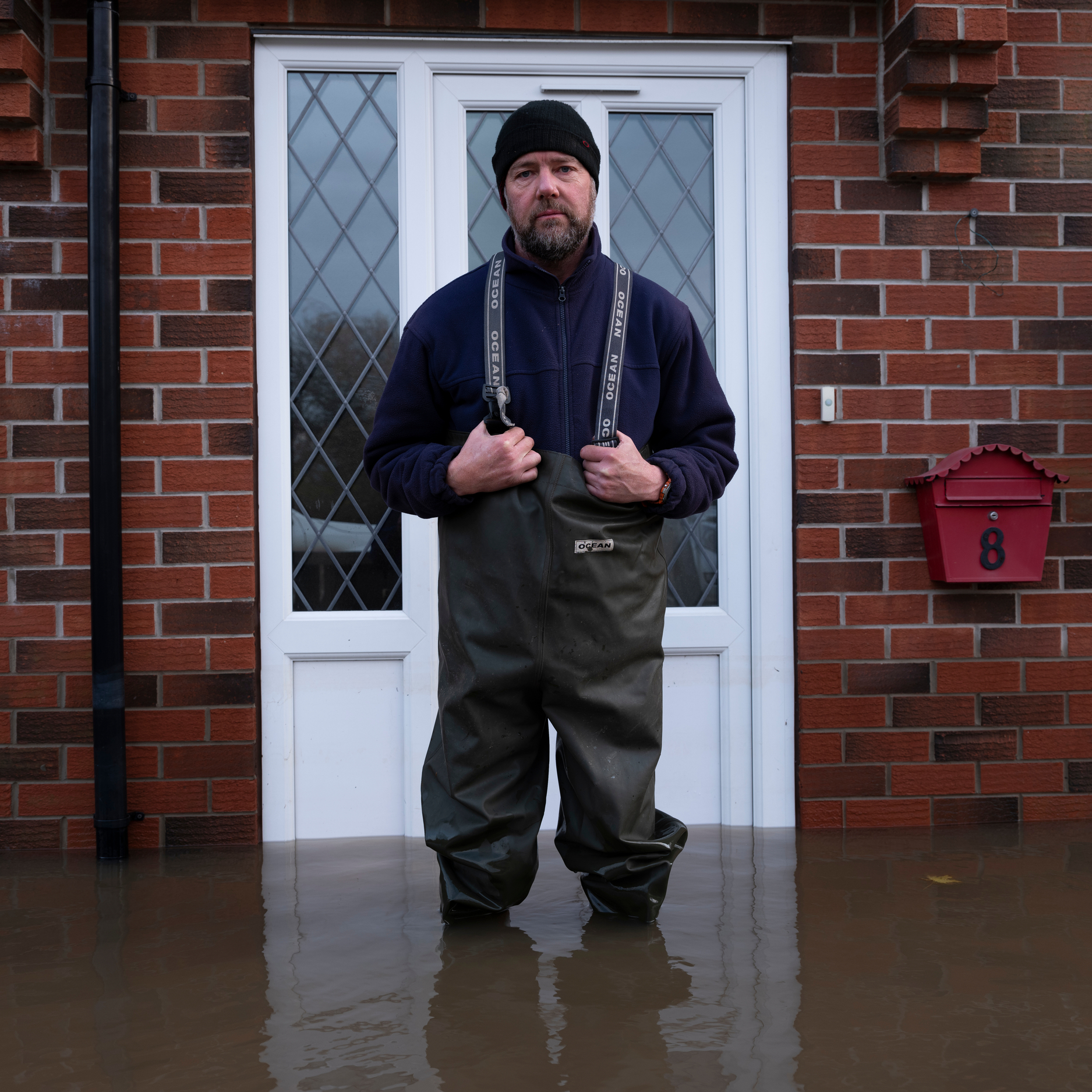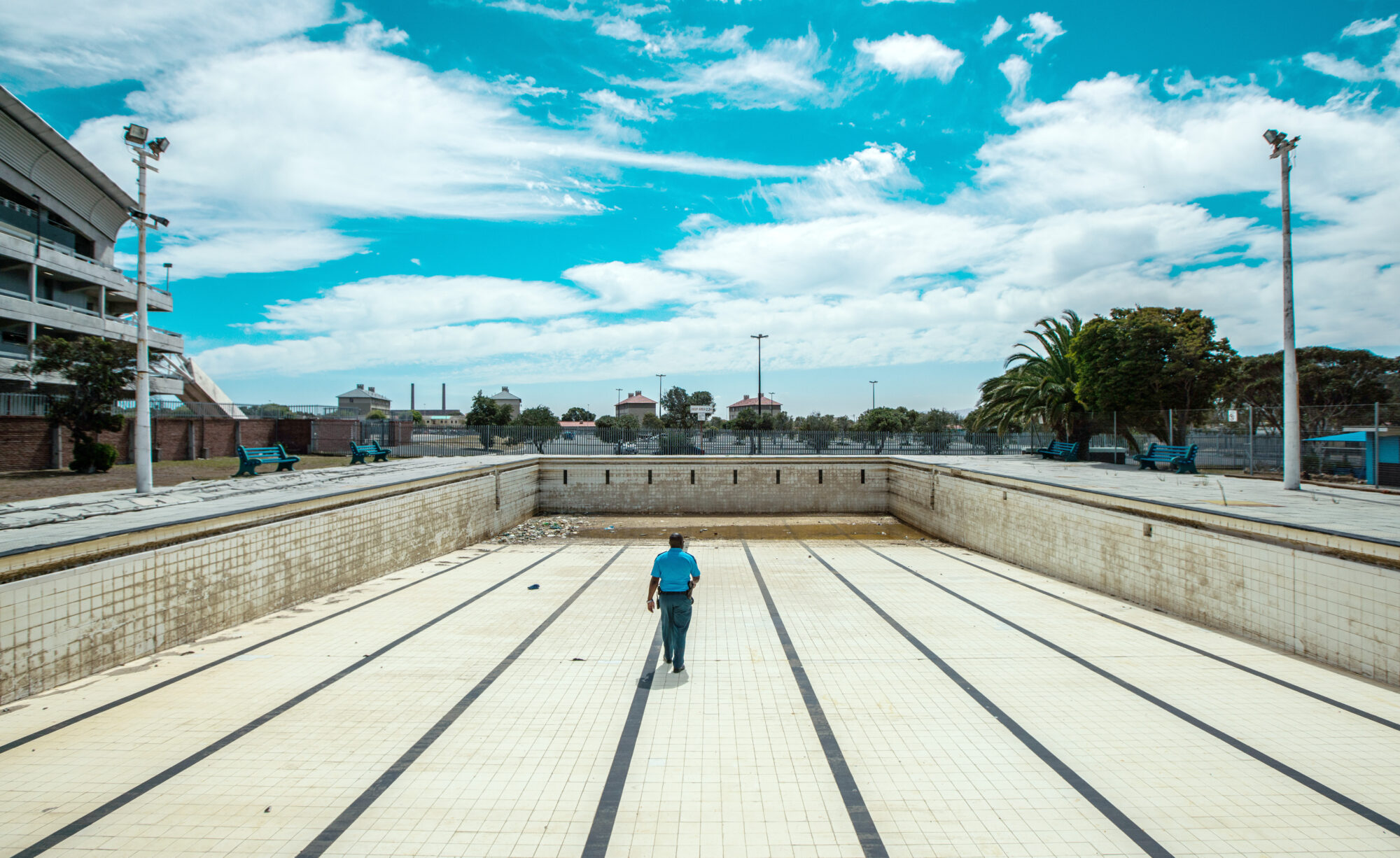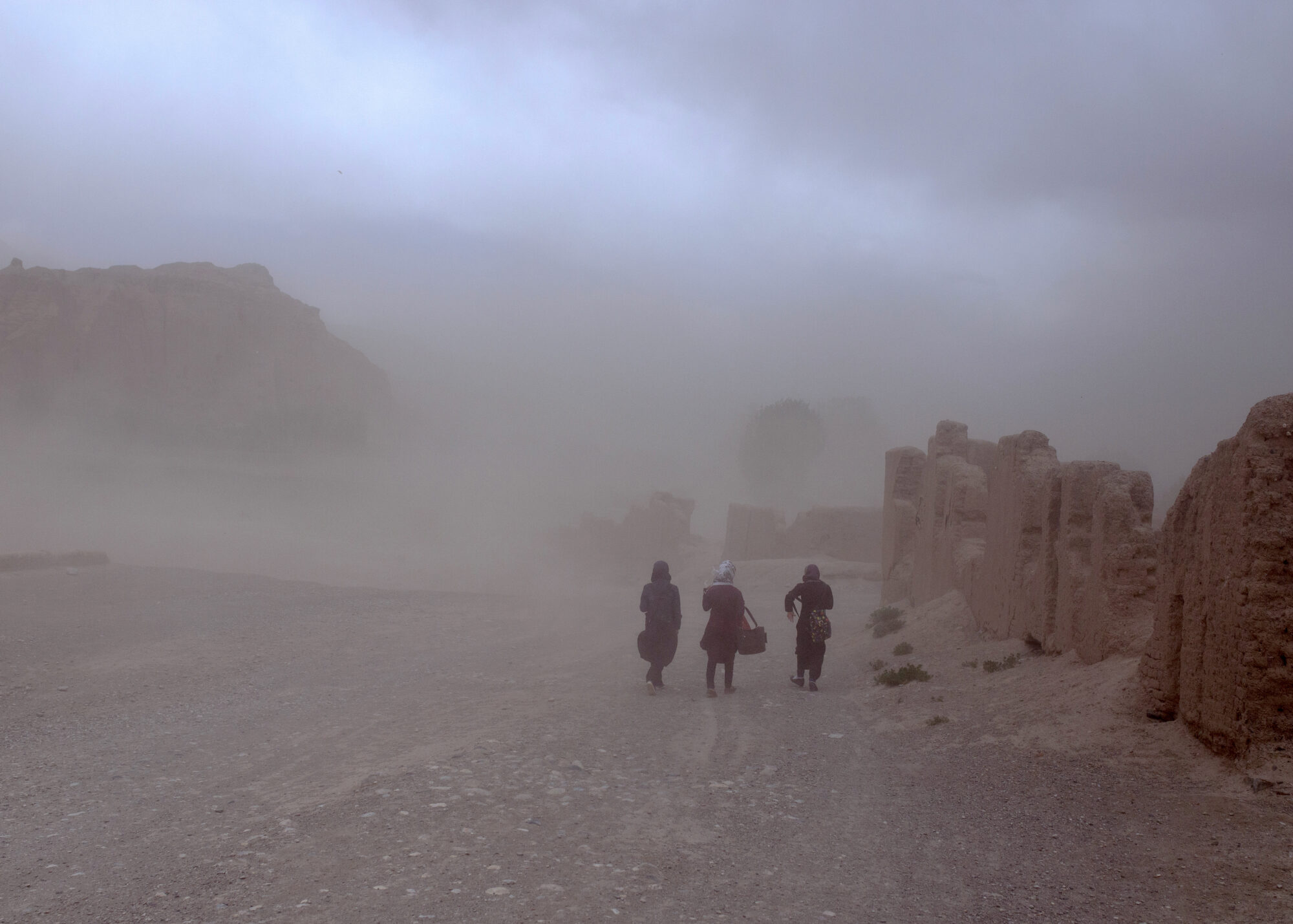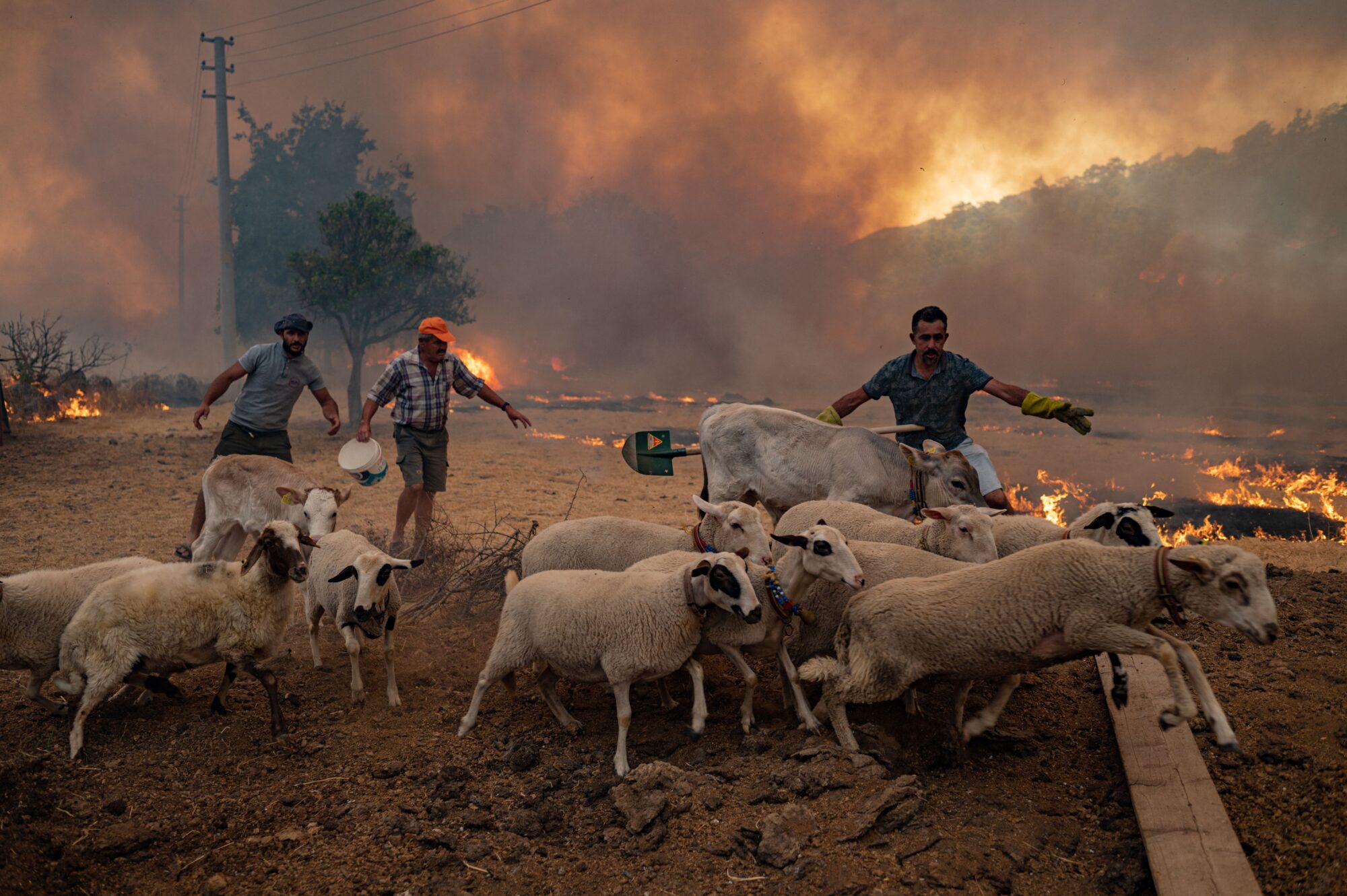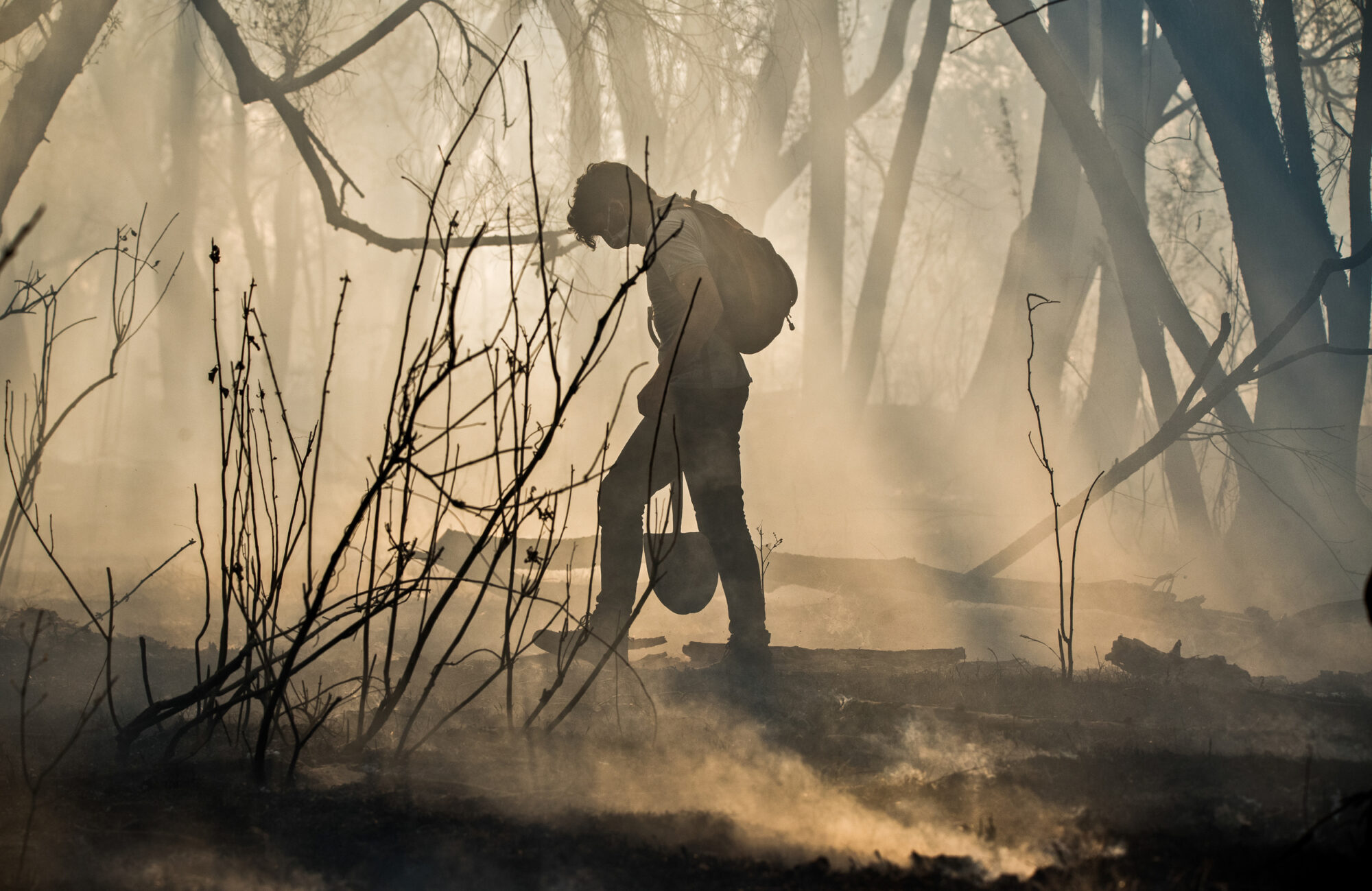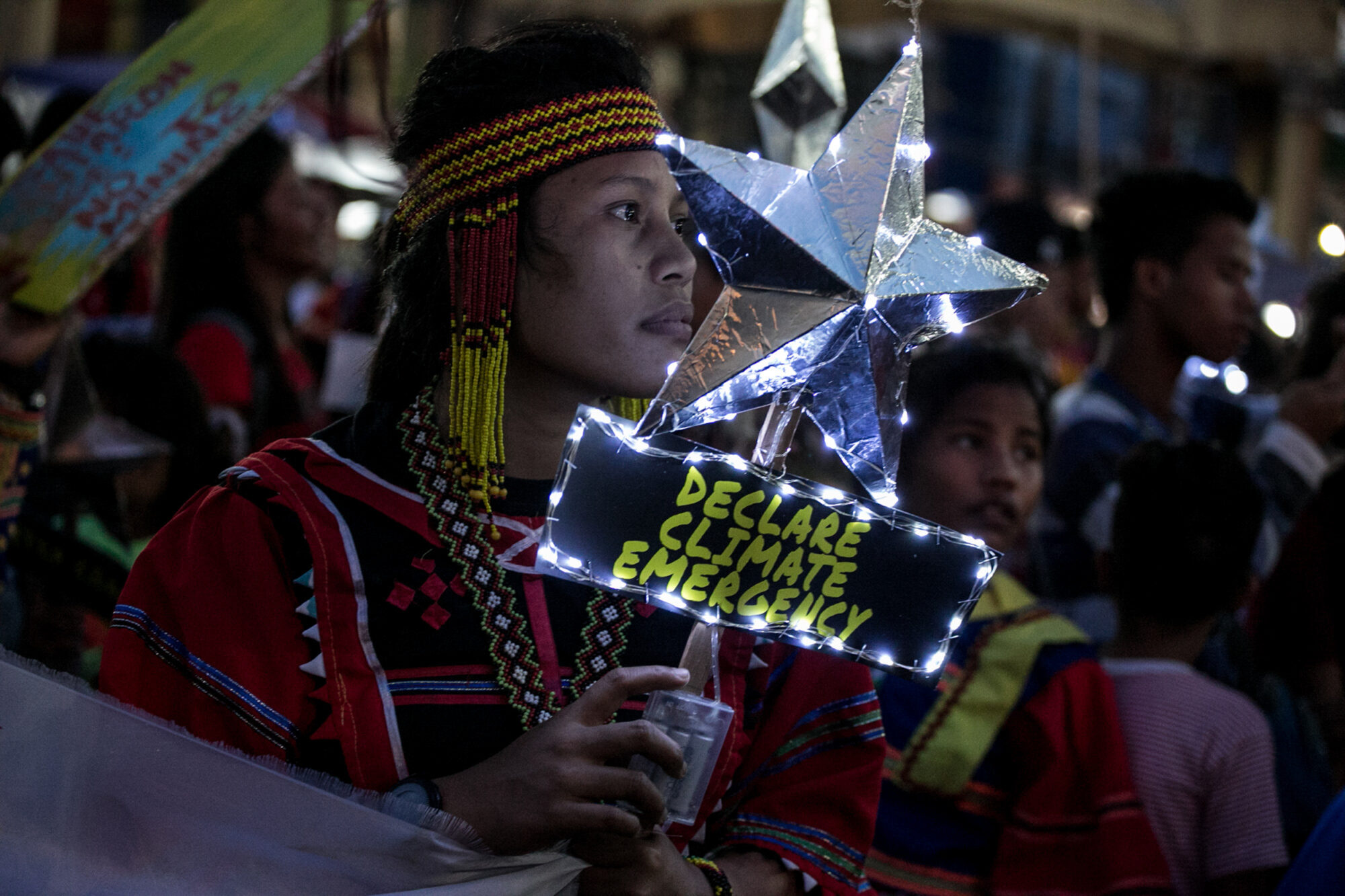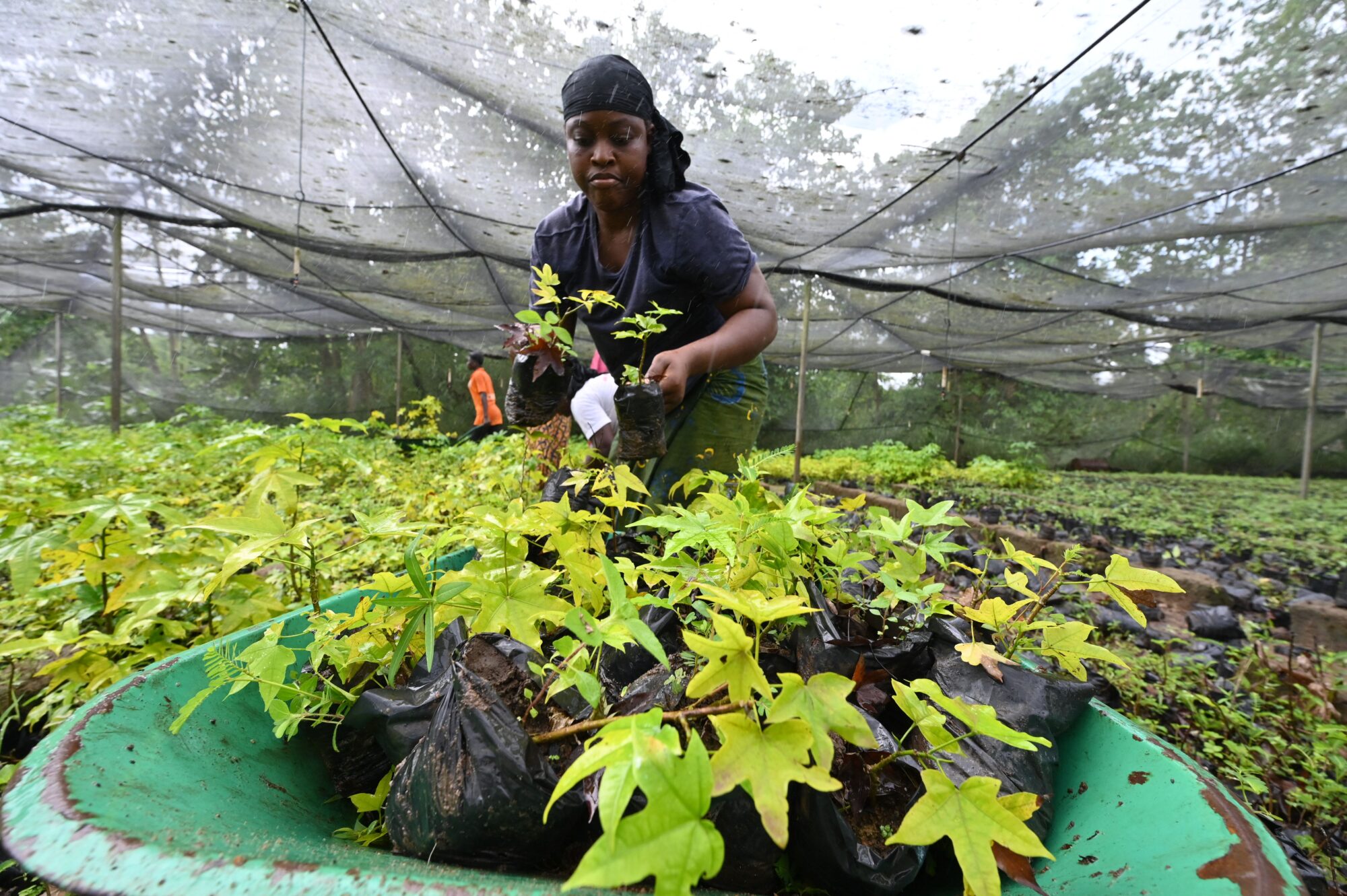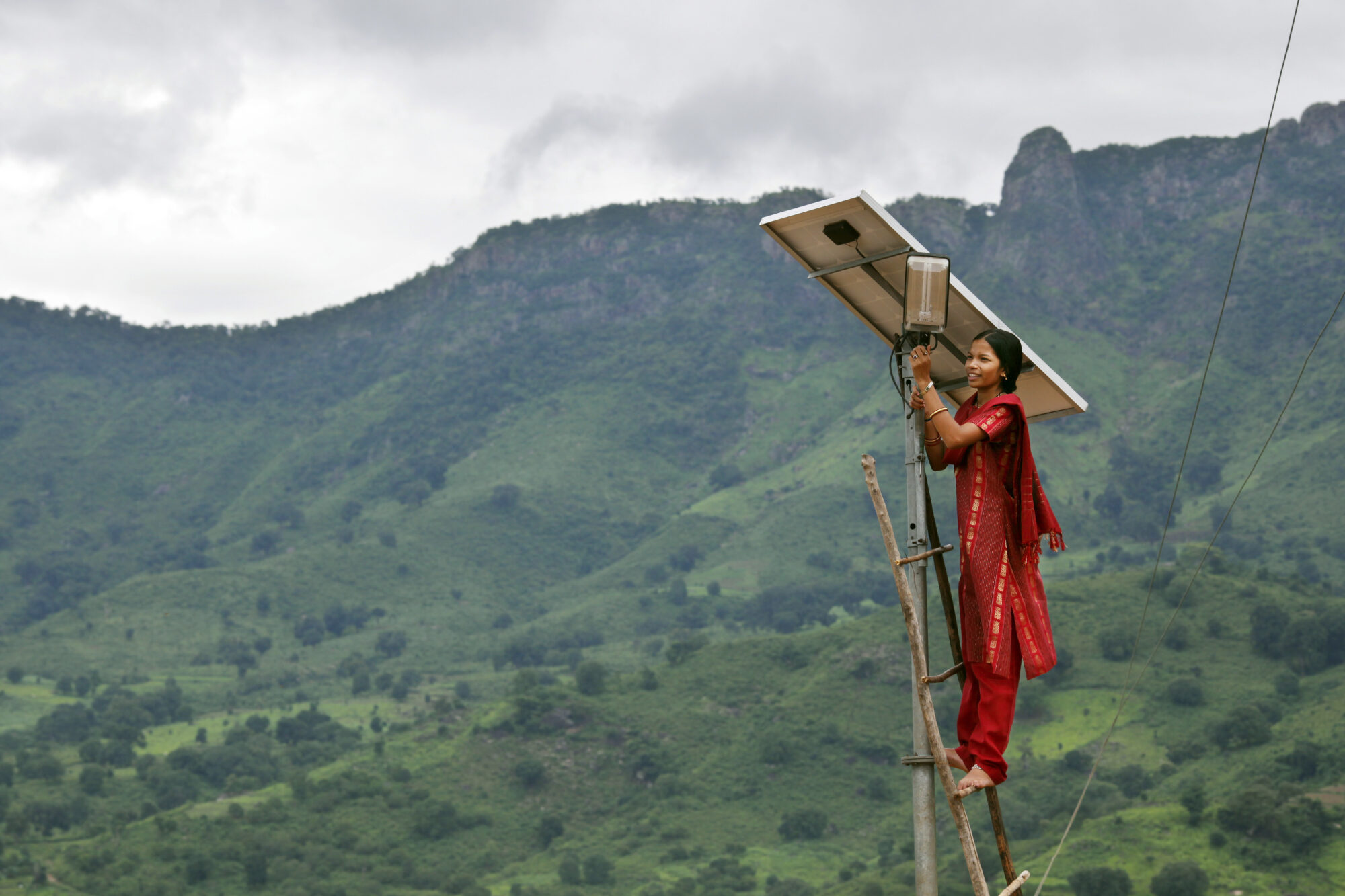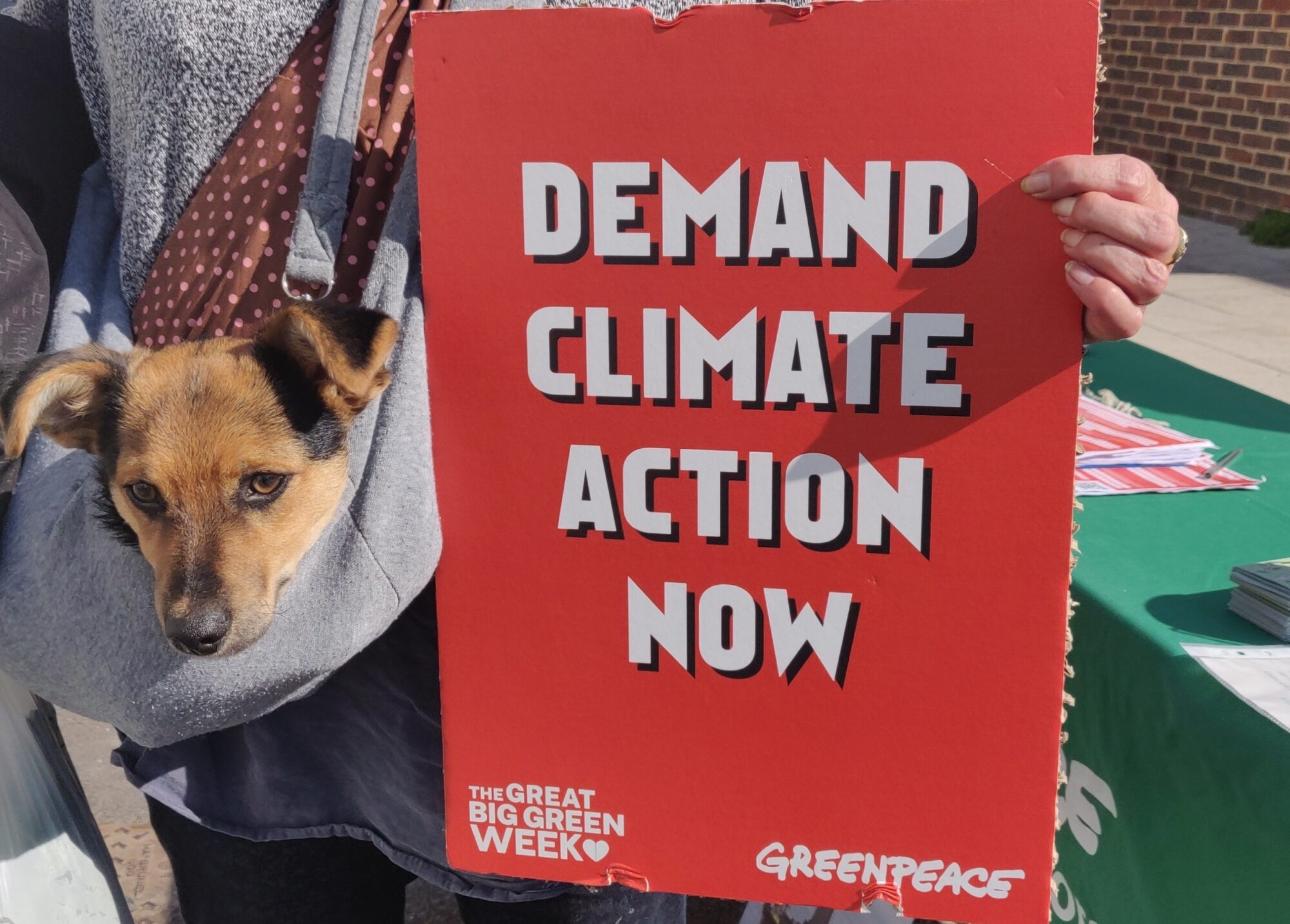Climate change is here, and its effects are harming people around the world every day. Human beings and everything we built are seriously under threat from a destabilised climate.
The facts are clear: as the world continues to pollute, the planet will warm. And no matter where you are, each fraction of a degree matters.
Here are some striking images from around the world that demonstrate humanity’s relationship with a changing climate.
Melting ice
As temperatures rise, ice-capped mountain ranges are losing thousand year-old glaciers, and both poles are seeing whole landscapes reshaped by melting ice.
Climate change is warming the Arctic faster than anywhere in the world, breaking icebergs away from larger ice sheets.
While some Arctic communities are losing losing homelands and hunting grounds to the sea, there are other, more subtle effects on the people who call the pole home.
For example, when icebergs drift away they can drag fishing nets with them – costing fishermen money and endangering wildlife on the seabed.–

